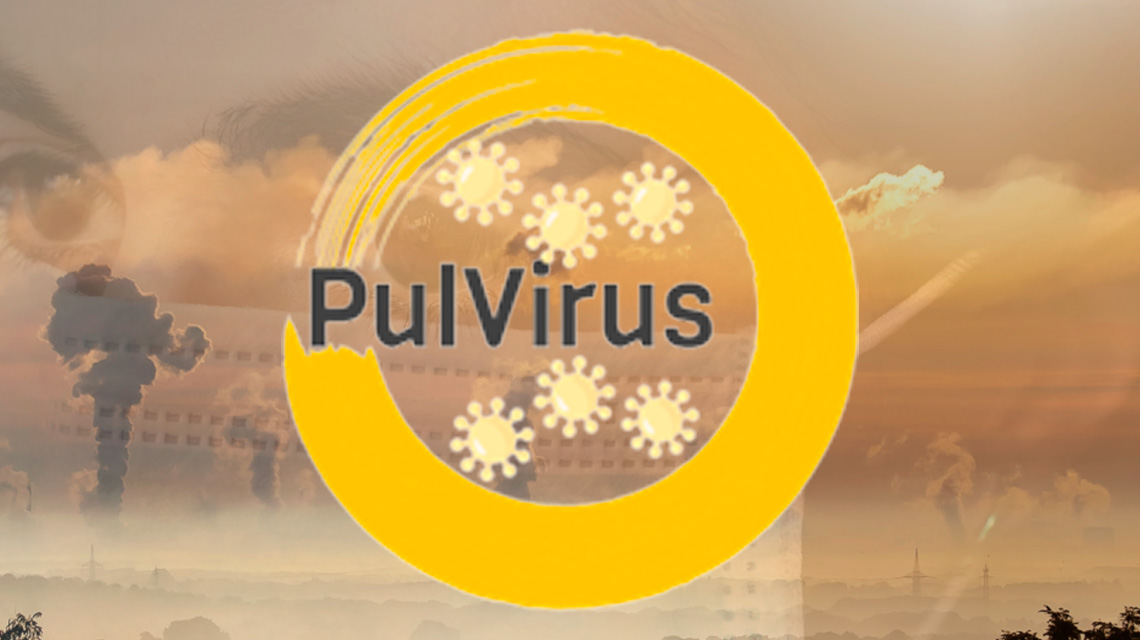Italian National Agency for New Technologies, Energy and Sustainable Economic Development

Environment: Covid, Italian research alliance presented the results of “Pulvirus” project
How did the lockdown impact global emissions and greenhouse gases? How did it affect air quality? Is there an association between atmospheric particulate and bioaerosol, the vehicle through which SARS-CoV-2 is transmitted? These are some of the issues the Pulvirus project, the result of an alliance among ENEA, the National Institute of Health (ISS) and the National System for Environmental Protection SNPA[1]), tried to provide answers to in the spring of 2020, in the midst of the pandemic crisis.
“The Project was divided into six main objectives with the aim of investigating the complex relationship between air pollution and the spread of the pandemic, the physical-chemical-biological interactions between atmospheric dust and the virus, the effects of the lockdown on the atmospheric concentrations of pollutants and greenhouse gases”, pointed out Gabriele Zanini, project’s scientific director for ENEA, during the recent event the Agency organized to present the findings of two years’ work.
"The general objective of the Project was to conduct an accurate and in-depth analysis of these issues, based on proven scientific protocols, so as to provide institutions and citizens with reliable information to better understand phenomena and take appropriate decisions”, said Alfredo Pini, scientific director of the project for the SNPA system.
“The results show that the air pollution decline during the lockdown largely stemmed from a reduced road transport: nitrogen oxides decreased by about 60%, PM2.5 by 66% and carbon monoxide by 87%”, explained Ilaria D'Elia, ENEA researcher at the Air Pollution Laboratory.
The industrial sector had the greatest impact on sulfur oxides (about 90%) and non-methane volatile organic compounds (about 80%) emissions reduction while the residential/tertiary sector recorded an increase in PM2.5 emissions from a greater use of biomass (wood and pellets) for domestic heating, due to the longer time people spent at home. The maritime sector contributed to a reduction in nitrogen oxide emissions by approximately 8% and sulfur oxides by approximately 3%”. “In particular, the effects of the overall emissions drop on pollutant concentrations and secondary fine particles was particularly complex. It was observed a clear decrease in NO2, an increase in ozone in urban areas and a modest decrease in fine particles, proving that targeted interventions in a single sector do not necessarily lead to the desired concentration reductions, especially as concerns fine particles " D'Elia said.
In order to explore the matter to its full extent, ENEA provided data from its climate observatory in Lampedusa which, due to its geographical features, is representative of what is happening in central Mediterranean. “Although annual CO2 emissions decreased by 8.9% nationally and by 5.4% globally compared to 2019, the annual increase in background atmospheric CO2 concentration didn’t change significantly compared to the period before the onset of the lockdown”, said Giandomenico Pace, head of the ENEA Laboratory of Observations and Measures for the Environment and Climate.
Possible COVID-19 virus airborne diffusion due to air particulate matter has been a hotly debated issue in the scientific community since the beginning of the pandemic. ENEA researchers have tried to provide an answer with the help of CRESCO 6 supercomputer to design molecular models and test their interactions, using numerical simulations of classical molecular dynamics. “It’s an innovative approach of great scientific interest: the strategy adopted in Pulvirus consisted in the creation of a possible PM-virus interface, starting from simplified models of PM2.5 and SARS-CoV-2, which did not exclude the role of the PM as a carrier. In any case, this first numerical experiment does not confirm the existence of a stable link for the entire duration of the PM dispersion and transformation processes in the atmosphere and that the virus remains alive and active", concluded Caterina Arcangeli, ENEA researcher at the Health and the Environment Laboratory.
For more information:
For more information and the complete outcomes data of the Pulvirus project: https://www.pulvirus.it
